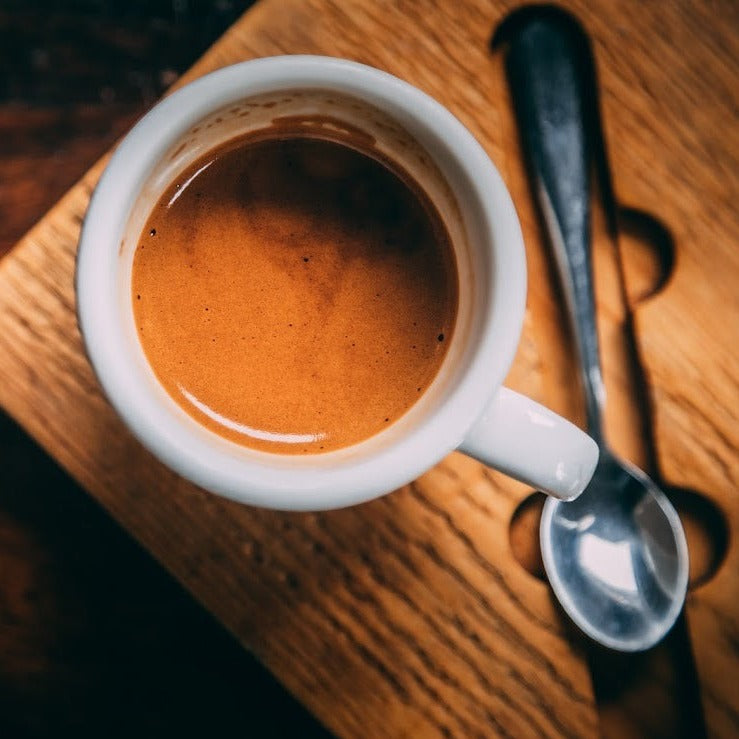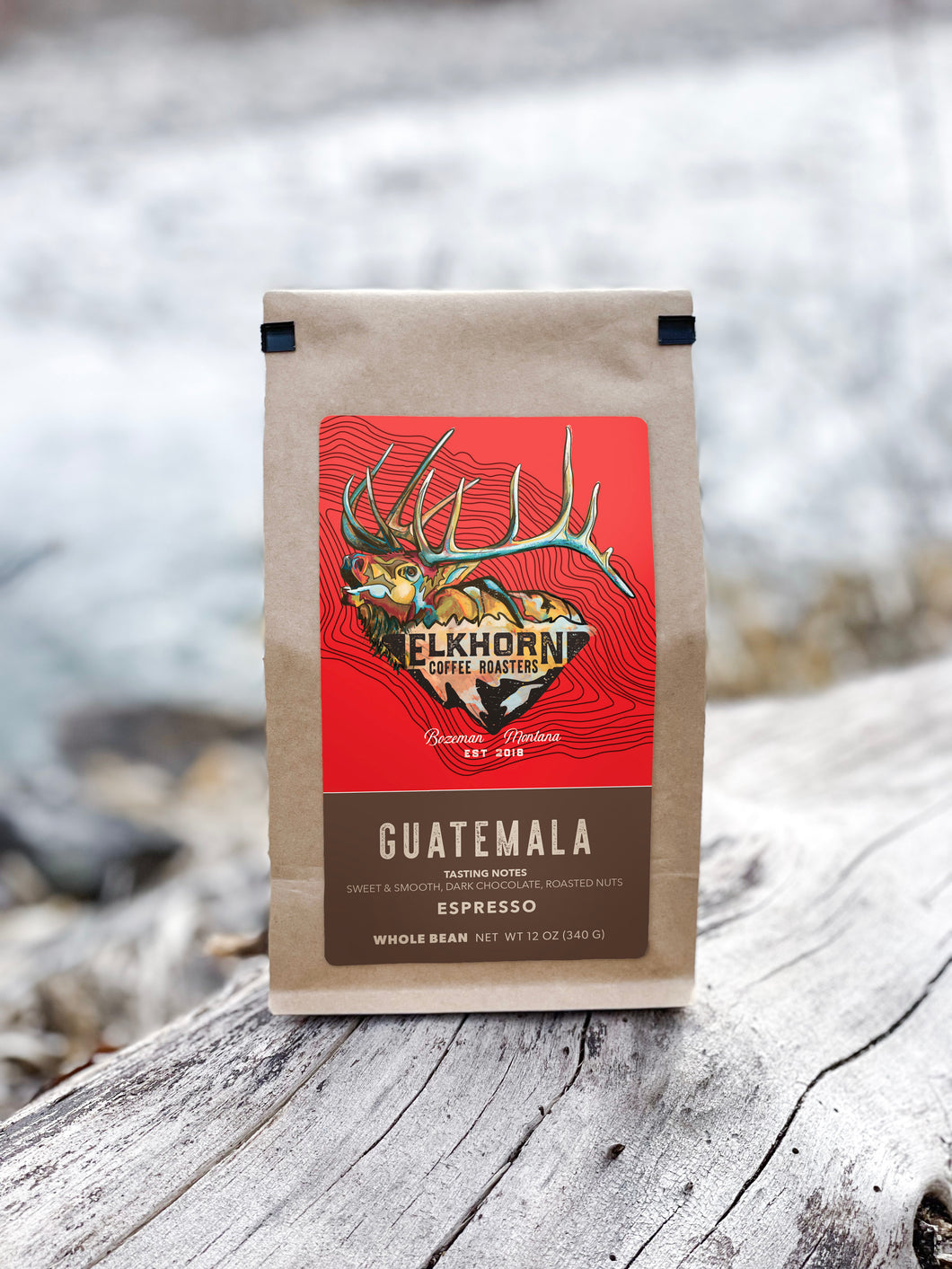Discovering the Origins Behind Premium SOE Single Origin Espresso
Discovering the Origins Behind Premium SOE Single Origin Espresso
Blog Article
Checking Out the Rich Tastes of Coffee Beans: a Deep Dive Into Coffee and Blended Coffee Beans
When you check out the rich flavors of coffee beans, you discover a complicated world where each selection brings its own personality to your mug. Understanding the beginnings, refining methods, and toasting methods can transform your coffee experience. As you navigate with the art of espresso and the creativity behind mixed coffees, you'll start to value the nuances that make each sip unique. What you'll discover following may change the way you appreciate your early morning mixture.
The Beginnings of Coffee Beans: Exploring Terroir and Flavor Profiles
When you take a sip of coffee, you're not just delighting in a drink; you're experiencing an abundant tapestry of flavors shaped by the beans' origins. Each area creates unique taste accounts influenced by elevation, soil, and climate. For circumstances, beans from Ethiopia frequently rupture with intense, fruity notes, while those from Colombia have a tendency to provide a balanced, nutty sweet taste.
As you discover various beginnings, you'll see just how terroir-- the environmental factors affecting a plant-- plays a crucial function - Single Origin Espresso. The exact same coffee range can taste considerably different depending upon where it's expanded
When you consider these variables, you start to value the intricacy behind your cup. Each sip narrates of the land and the farmers who supported the beans. Next time you indulge, think concerning the journey your coffee took prior to it reached your hands, and enjoy those detailed flavors that show its origin.
Recognizing Coffee: The Art and Science Behind the Mixture
When you consider coffee, it's not practically the strong taste; it's likewise about the strategies that bring it to life. Comprehending just how different preparation techniques effect taste can transform your developing experience. Allow's explore the ins and outs of espresso prep work and discover the one-of-a-kind taste profiles that make each mug unique.
Espresso Prep Work Methods
Coffee preparation is both an art and a science, incorporating exact strategies with a deep understanding of coffee. To begin, you'll want to select high-quality, freshly baked beans and grind them finely for optimal removal (Single Origin Espresso). The grind size is crucial; too rugged, and your coffee will be weak, as well fine, and it'll be bitter
The outcome needs to be a rich, creamy espresso with a stunning layer of crema on top. With method, you'll master these methods.
Taste Profiles Discussed
The globe of espresso offers a rich tapestry of flavor profiles that can boost your coffee experience. Light roasts frequently display bright level of acidity and vivid flavors, while dark roasts present much deeper, bolder tones.
A well-crafted blend may harmonize the bright notes of an Ethiopian bean with the rich, chocolatey undertones of a Brazilian bean. Embrace the trip of discovering coffee's varied tastes, and you'll change your coffee routine into an amazing adventure.
Processing Techniques: How They Influence Flavor and Aroma
While it could appear that the origin of coffee beans is the most substantial consider establishing their taste and aroma, the handling techniques utilized post-harvest play an equally important function. You'll discover that these techniques can considerably modify the final preference profile of your mug.
As an example, the washed process gets rid of the fruit from the beans prior to fermentation, typically bring about a cleaner, brighter flavor. At the same time, the natural process leaves the fruit intact during drying, leading to a sweeter, fruitier account.
Various other methods, like honey processing, strike a balance, allowing some fruit mucilage to stay, giving a special complexity.
Each processing method connects with the beans' intrinsic characteristics, boosting or silencing particular tastes and fragrances. So, when you sip that espresso or combined coffee, bear in mind that the journey from cherry to mug is affected not just by beginning yet also by just how those beans were processed.
Roasting Strategies: Unlocking the Full Prospective of Coffee Beans
Roasting methods are vital for disclosing the full potential of coffee beans, as they transform raw, environment-friendly beans into the aromatic, tasty coffee you appreciate. The selection of toasting approach-- light, medium, or dark-- considerably influences taste accounts. Light roasts protect the beans' natural level of acidity and fruity notes, while tool roasts balance sweetness and splendor. Dark roasts, on the other hand, highlight vibrant, smoky flavors.
You can try out toasting temperature levels and times to locate your excellent brew. A slower roast at reduced temperatures enables for complicated flavors to establish, while a quicker roast can magnify anger. Focus on the splits throughout toasting; the very first split suggests a light roast, while the second crack signals a dark roast. By mastering these methods, you'll disclose a world of taste, boosting your coffee experience to new elevations. Enjoy every sip, knowing the treatment that entered into your cup!
The Magic of Blended Coffee: Creating Special Flavor Experiences
Creating an one-of-a-kind flavor experience with blended coffee can change your morning ritual right into an expedition of taste. By incorporating various beans from different areas, you can expose a symphony of flavors that raise your cup to brand-new elevations. Each mix deals a distinctive account, stabilizing body, acidity, and sweetness to produce something absolutely special.
When you select a mix, you're not simply selecting a coffee; you're picking a journey across diverse landscapes and cultures. Trying out different mixes permits you to find your personal Continue faves, whether you enjoy fruity notes or rich, chocolatey touches.

Sampling Notes: Acknowledging the Nuances in Your Cup
As you drink your coffee, you might notice a spectrum of flavors dancing on your palate, each revealing the ins and outs of the beans. You may taste the intense level of acidity reminiscent of citrus or the deep, abundant notes comparable to dark delicious chocolate. The sweetness might stimulate honey or sugar, stabilizing the general account wonderfully.
Take note of the body of the coffee-- does it really feel airy and light, or is it full and creamy? The surface, as well, uses hints; a lingering aftertaste may mean nuttiness or floral undertones.

Don't neglect to check out the unique attributes of various beginnings, as each area imparts distinct flavors - Single Origin Espresso. Ethiopian coffees typically present fruity notes, while Colombian beans might showcase an extra rounded sweetness. By acknowledging these subtleties, you'll deepen your recognition for each and every cup, raising your coffee experience to new elevations

Developing Techniques: Making Best Use Of Taste Removal for each Bean
When you explore the various brewing methods, you'll discover that each technique can substantially influence the flavor profile of your read what he said coffee. From French press to pour-over, each approach removes various substances, improving or silencing specific notes. Utilizing a French press permits oils to continue to be in the mixture, developing a richer taste, while pour-over emphasizes quality and brightness.
Temperature and grind size likewise play necessary roles. A coarser work works best for chilly brews, while a fine work is excellent for espresso. Exploring with water temperature-- in between 195 ° F and 205 ° F-- can expose surprise flavors, too.
Don't forget steeping time; a quick extraction can bring about sour notes, while over-extraction might generate resentment. By adjusting these variables, you can take full advantage of taste removal and truly raise your coffee experience. Take pleasure in the trip of discovering what approach finest fits your taste buds!
Often Asked Concerns
What Is the Suitable Water Temperature for Brewing Coffee?
The perfect water temperature for brewing coffee's between 195 ° F and 205 ° F. If you use water that's too warm, you'll over-extract flavors; also cold, and you won't remove enough. Aim for that wonderful area for the very best brew!
Exactly How Does Grind Dimension Affect Coffee Taste?
Grind size substantially impacts coffee taste. Better grinds extract more oils and tastes, causing a bolder taste, while coarser grinds return a lighter taste. Changing grind size aids you accomplish your preferred coffee profile.
Are There Wellness Perks Linked With Alcohol Consumption Coffee?

What Is the Distinction Between Arabica and Robusta Beans?
Arabica beans are smoother and sweeter, commonly featuring fruity tastes, while robusta beans are more powerful with a bitter preference and greater high levels of caffeine material. You'll see these differences in scent and developing experience.
Just How Can I Shop Coffee Beans for Freshness?
To store coffee beans for quality, maintain them in an airtight container, away from moisture, warmth, and light. You'll keep their taste much longer if you just grind what you require right before brewing.
Discovering the Rich Tastes of Coffee Beans: a Deep Dive Into Coffee and Blended Coffee Beans.
When you discover the rich flavors of coffee beans, you discover a complicated world where each variety brings its very own character to your mug.When you take a sip of coffee, you're not simply enjoying a drink; you're experiencing an abundant tapestry of tastes formed by the beans' beginnings.Roasting techniques are crucial for revealing the full potential of coffee beans, as they change raw, environment-friendly beans right into the aromatic, savory coffee you enjoy.As you drink your coffee, you might discover a spectrum of tastes dancing on your palate, each exposing the details of the beans.
Report this page